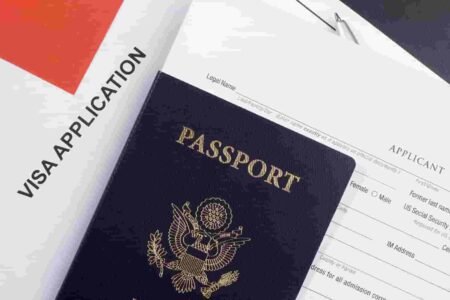Applying for academic transcripts is a critical step for individuals planning to pursue higher education, employment opportunities, or credential evaluation abroad. A well-organized transcript application process ensures timely and accurate submission of your academic records. This article provides practical tips to simplify the application process and avoid common pitfalls.
Leverage Professional Services
For international applications, adhering to specific guidelines and requirements can be challenging. Engaging a reliable service like WES Transcript agency Kerala can streamline the process by ensuring your transcripts meet international standards. These agencies can handle transcript collection and delivery, saving you time and effort.
1. Start Early
One of the most important tips is to initiate the application process well in advance. Transcript processing can take weeks or even months, depending on the institution’s policies and workload. Starting early helps you avoid last-minute stress, especially if you’re working with deadlines for university applications, visa submissions, or job offers.
2. Understand Institutional Requirements
Each educational institution has unique procedures for issuing transcripts. Research and familiarize yourself with your institution’s specific requirements. Some may require:
- Submission of a written request or online application form.
- Payment of processing fees.
- Copies of academic certificates or identification documents.
Contact the registrar’s office or relevant department for clarity on their process.
3. Prepare Necessary Documents
Incomplete or incorrect documentation is a common reason for delays in transcript processing. Gather all required documents before starting the application. These typically include:
- Identification proof (passport, national ID, or student ID).
- Degree certificates and mark sheets.
- Application form or request letter.
- Payment receipt (if applicable).
Ensure all documents are accurate, up-to-date, and meet the institution’s guidelines.
4. Verify Sealing and Delivery Standards
Transcripts intended for international use often require specific sealing and delivery standards. Ensure your institution provides:
- Official transcripts in a sealed envelope stamped or signed across the flap.
- Certification or notarization, if required.
- Delivery directly to the recipient organization, such as universities or credential evaluation agencies.
Adhering to these standards enhances the authenticity of your documents and prevents rejection.
5. Stay Organized
Keeping track of your application is essential for a hassle-free process. Maintain a checklist of tasks, including:
- Documents to submit.
- Payment details.
- Deadlines for submission.
Store copies of all documents and correspondence for your records. If your application requires multiple transcripts for different recipients, label and organize them clearly.
6. Communicate Clearly
Effective communication with your institution is key to avoiding misunderstandings. When reaching out, provide precise details such as:
- Your full name (as registered).
- Enrollment or student ID number.
- Program name and year of graduation.
- Purpose of the transcript request.
Promptly respond to any follow-up requests or clarifications from the institution.
7. Use Reliable Courier Services
If your transcripts need to be mailed, opt for trusted courier services with tracking options. This ensures secure and timely delivery to the intended recipient. Retain the tracking number for reference until the recipient confirms receipt.
8. Confirm Receipt
Once your transcripts have been sent, follow up with the recipient to confirm they have received the documents. This step is particularly important for applications with strict deadlines. Prompt confirmation helps you address any issues quickly, such as lost or delayed delivery.
9. Opt for Professional Assistance
If the process seems overwhelming, consider hiring a transcript service agency. These agencies specialize in handling transcript requests and delivery, ensuring compliance with specific requirements. Their expertise can save you time and effort, particularly for international applications.
10. Avoid Common Mistakes
To ensure a smooth application process, avoid the following common mistakes:
- Submitting incomplete or inaccurate forms.
- Missing deadlines for submission.
- Failing to confirm institutional requirements.
- Overlooking specific recipient guidelines.
Double-check all details before submitting your application to prevent unnecessary delays.
Conclusion
Applying for academic transcripts doesn’t have to be a daunting task. By starting early, understanding the requirements, and staying organized, you can streamline the process and ensure timely submission. Whether you handle the process yourself or rely on professional services, following these tips will help you navigate the application process with confidence and ease.







